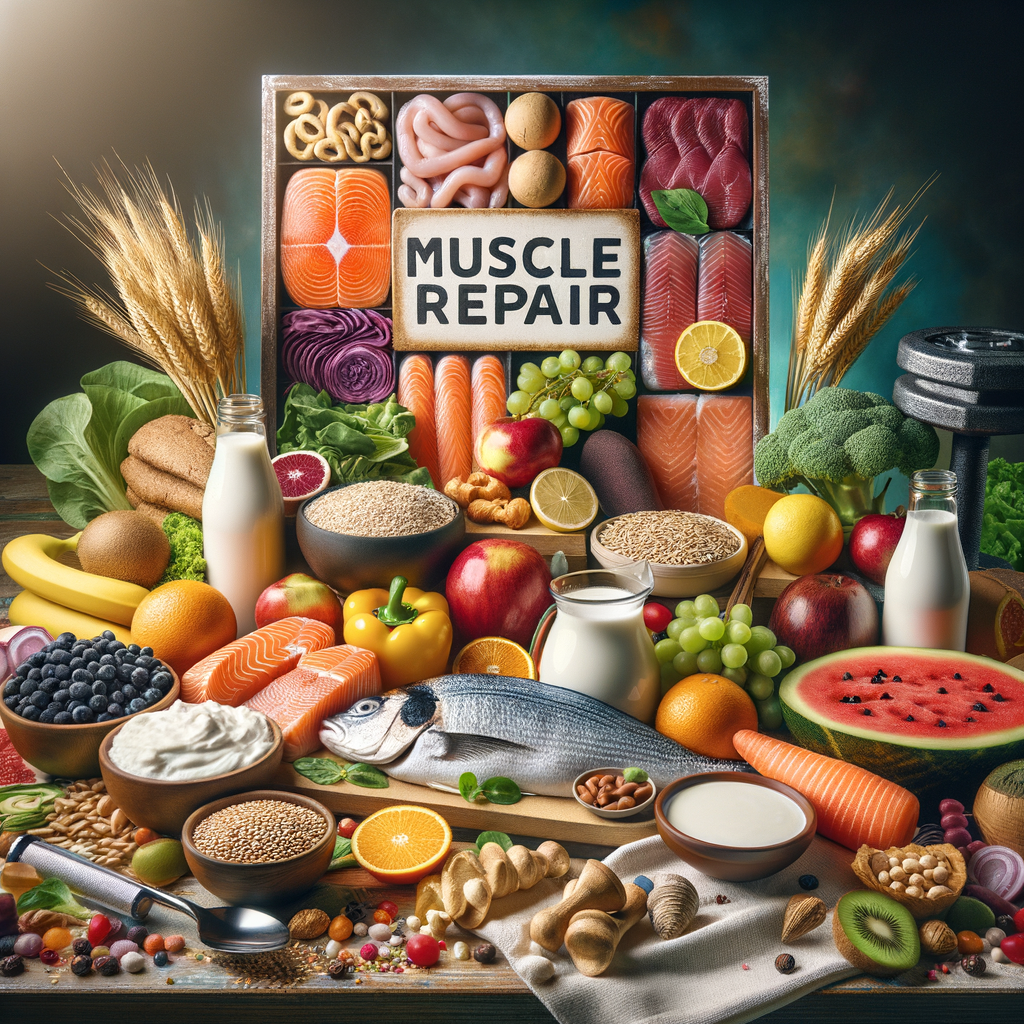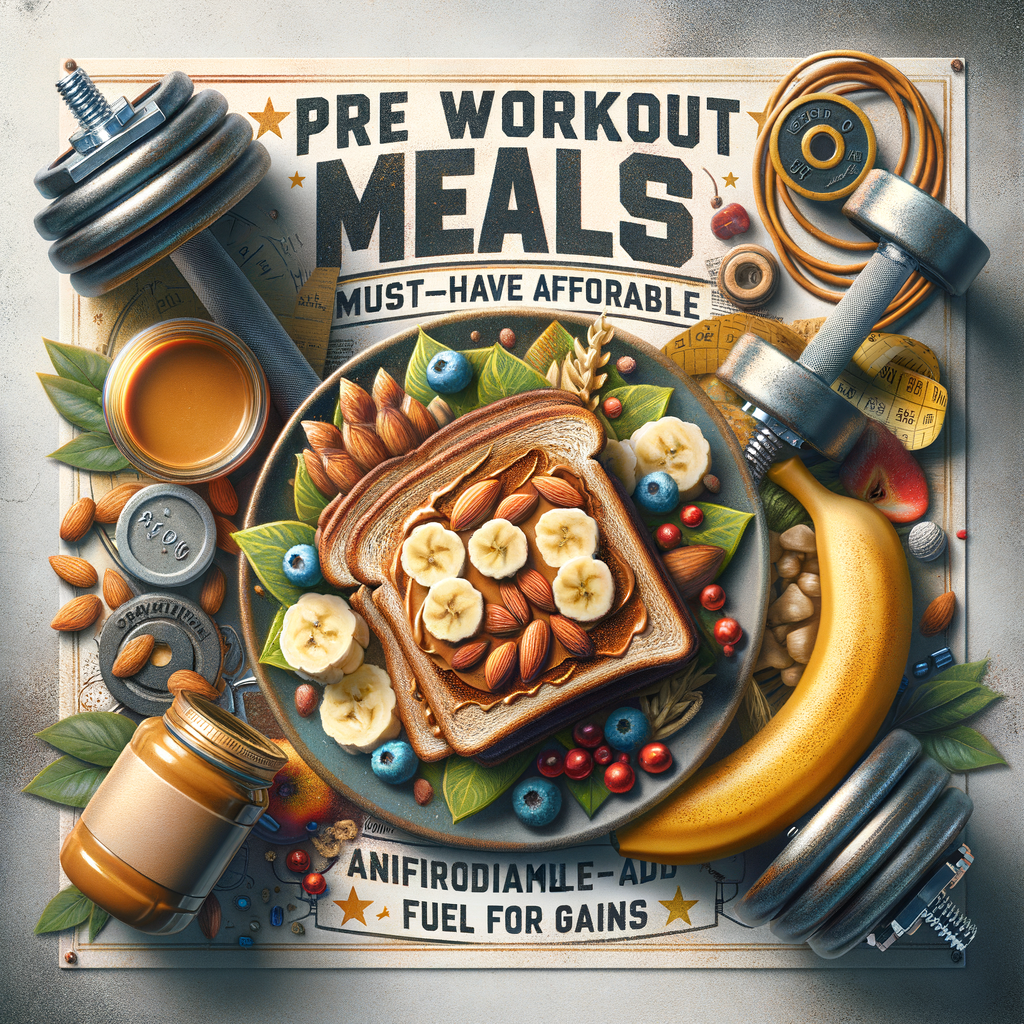- What Is Lean Muscle Gain?
- The Science Behind Muscle Growth
- Key Principles of Lean Muscle Gain
- 1. Resistance Training: The Foundation
- 2. Nutrition: Fueling Your Gains
- A Sample Meal Plan for Muscle Gain
- 3. Hydration: Stay Hydrated
- 4. Recovery: Rest is Important
- Supplementation: When Is It Necessary?
- 5. Consistency: Stay Committed
- Understanding Different Training Techniques
- Progressive Overload
- High-Intensity Interval Training (HIIT)
- Supersets
- Goal Setting: Stay Focused
- Listen to Your Body
- Avoiding Common Mistakes
- Frequently Asked Questions
- Conclusion
- References
Understanding Lean Muscle Gain
Lean muscle gain stands as a top goal for many fitness enthusiasts. It helps in enhancing your physical appearance, boosting confidence, and improving overall health. Achieving this goal, however, often feels challenging. You might wonder where to start, what to eat, or how to structure your workouts. Fortunately, you can achieve stunning results with the right approach.
What Is Lean Muscle Gain?
Lean muscle gain refers to the process of building muscle while minimizing fat gain. It embodies a balance between strength training and nutrition. The focus is on developing high-quality muscle tissue without unnecessary weight gain. This process helps enhance strength, boost metabolism, and improve physical performance. You can achieve a lean physique by aiming for quality over quantity.
When it comes to muscle gain, you’ll hear terms such as bulking, cutting, or recomping. Unlike traditional bulking, which may involve significant fat gain, lean muscle gain keeps your body fat percentage low. By managing your nutrition and training effectively, you can achieve a toned and fit physique.
The Science Behind Muscle Growth
Muscle growth, or hypertrophy, occurs when muscle fibers sustain damage from intense workouts. The body repairs these fibers, making them thicker and stronger. This process requires a range of nutrients, primarily protein, carbohydrates, and healthy fats.
Hormones also play a critical role. Testosterone, for instance, helps promote muscle growth. Resistance training triggers hormonal responses, leading to muscle repair and growth. Understanding these principles will empower you to optimize your workouts and nutrition strategies.
Key Principles of Lean Muscle Gain
The journey to lean muscle gain hinges on several key principles. These include training intensity, proper nutrition, and recovery. The following sections outline each principle in detail, shedding light on how they contribute to effective muscle building.
1. Resistance Training: The Foundation
Resistance training forms the cornerstone of any successful muscle-building program. Lifting weights not only helps strengthen muscles but also increases bone density and boosts metabolism.
To effectively build lean muscle, focus on compound movements. These exercises engage multiple muscle groups, providing maximum results in less time. Some effective compound movements include:
– Squats
– Deadlifts
– Bench Presses
– Pull-Ups
– Dips
Aim for 3-4 sets of 8-12 repetitions per exercise. Gradually increase weight to challenge your muscles further. Incorporate both free weights and machines for variety and comprehensive muscular development.
2. Nutrition: Fueling Your Gains
No workout can compensate for poor nutrition. To gain lean muscle, you must eat a balanced diet rich in macronutrients. Here’s a simple breakdown of what to include:
– Protein: Plan to consume 1.6 to 2.2 grams of protein per kilogram of body weight daily. Foods rich in protein include chicken, fish, eggs, legumes, and dairy products.
– Carbohydrates: Complex carbohydrates provide energy for workouts. Choose whole grains, fruits, and vegetables to fuel your body.
– Fats: Healthy fats support hormone production and overall health. Incorporate avocados, nuts, seeds, and olive oil into your diet.
A Sample Meal Plan for Muscle Gain
To simplify your meal planning, here’s a sample daily menu that focuses on balanced nutrition.
| Meal | Example Food Items |
|————–|————————————————————-|
| Breakfast | Oatmeal topped with berries and a scoop of protein powder |
| Snack | Greek yogurt with honey and almonds |
| Lunch | Grilled chicken breast, quinoa, and steamed broccoli |
| Snack | Protein shake and a banana |
| Dinner | Baked salmon, sweet potatoes, and spinach |
| Evening Snack| Cottage cheese with pineapple |
3. Hydration: Stay Hydrated
Proper hydration cannot be overlooked. Water aids in digestion, nutrient absorption, and muscle recovery. As a rule of thumb, drink at least 3 liters of water per day, adjusting based on workout intensity and climate.
Consider electrolyte-rich drinks post-workout to replenish lost minerals. Listen to your body; thirst can be a sign that you need more fluid intake.
4. Recovery: Rest is Important
Muscles don’t grow in the gym; they grow during rest periods. Prioritize sleep, aiming for 7-9 hours per night. Recovery strategies include:
– Active Recovery: Engage in light activities like walking or yoga.
– Stretching: Incorporate dynamic stretches before workouts and static stretches post-workout to maintain flexibility.
– Rest Days: Schedule regular rest days to avoid overtraining, which can hinder muscle growth.
Supplementation: When Is It Necessary?
While a balanced diet is your primary source of nutrients, supplements can offer additional support. Here are a few to consider:
– Protein Powder: A convenient way to increase your protein intake, especially post-workout.
– Creatine: Known to enhance strength and muscle mass.
– Branched-Chain Amino Acids (BCAAs): May help reduce muscle soreness and improve recovery.
However, consult with a healthcare provider before adding any supplement to your routine.
5. Consistency: Stay Committed
Building lean muscle takes time and dedication. Establish a workout routine and stick with it. Whether you train at home or in a gym, the key is to be consistent. Keep track of your progress and adjust your training and nutrition as necessary.
Understanding Different Training Techniques
When it comes to resistance training, various techniques can maximize muscle growth effectiveness. Here are some popular methods:
Progressive Overload
Progressive overload involves gradually increasing the weight, reps, or intensity of your workouts. This principle ensures your muscles continually face new challenges, leading to growth. Track your lifts to ensure you’re progressively overloading over time.
High-Intensity Interval Training (HIIT)
Incorporating HIIT into your routine can boost fat loss while building lean muscle. Short bursts of intense exercise followed by rest periods keep your heart rate elevated. This method not only sheds fat but also enhances overall fitness.
Supersets
Supersets involve performing two exercises back-to-back without rest. This technique saves time and increases intensity. Combine opposing muscle groups, such as biceps followed by triceps, for effective results.
Goal Setting: Stay Focused
Setting realistic and achievable goals keeps you motivated on your journey. Break down your larger goal into smaller tasks. For example, aim to add 5 pounds to your lift each month or gradually increase your protein intake. Tracking progress motivates and helps maintain accountability.
Listen to Your Body
Pay close attention to how your body responds to your routine. Are you feeling fatigued or experiencing persistent soreness? If so, consider adjusting your training frequency or intensity. Remember, muscle growth takes time—patience and consistency yield the best results.
Avoiding Common Mistakes
As you embark on your lean muscle gain journey, be mindful of common pitfalls. Here are a few mistakes to avoid:
– Neglecting Nutrition: Skipping meals or relying on unhealthy foods can hamper your progress. Stick to balanced, nutritious meals.
– Overtraining: Pushing yourself too hard can lead to injuries and burnout. Listen to your body and rest when needed.
– Setting Unrealistic Goals: Setting overly ambitious targets can lead to disappointment. Stay focused on achievable milestones.
Frequently Asked Questions
1. What is the best way to start gaining lean muscle?
Start with a structured resistance training program paired with a balanced diet, focusing on protein-rich foods.
2. How quickly can I expect to see results?
With consistency in training and nutrition, you can typically see noticeable changes within 6-8 weeks.
3. Is lifting heavy weights necessary for muscle gain?
Not necessarily. You can build muscle with lighter weights if you increase your training volume and intensity.
4. What should I eat post-workout for recovery?
Consume a meal rich in protein and carbohydrates, such as a protein shake with a banana or a chicken sandwich.
5. Can I gain muscle while losing fat?
Yes, with the right approach, including a caloric deficit and adequate protein intake, you can build lean muscle and lose fat.
6. How important is timing my meals?
While meal timing can enhance performance, it’s more crucial to focus on overall daily nutrient intake and balance.
7. Are supplements necessary for muscle gain?
Supplements can support your journey but aren’t essential. Focus on whole foods first.
8. How can I know if I’m overtraining?
Symptoms include persistent fatigue, decreased performance, and irritability. Rest if you experience these signs.
9. Should I do cardio while trying to gain muscle?
Yes, but keep it moderate to avoid burning too many calories. Short bursts of high-intensity cardio can be effective.
10. Is it okay to skip weight training sometimes?
Yes, rest days are vital for recovery, but make sure to return consistently to maintain your progress.
Conclusion
Achieving lean muscle gain requires a balanced approach involving resistance training, nutrition, recovery strategies, and consistency. Focus on creating a sustainable routine that you enjoy, and the results will follow. By prioritizing your health and fitness, you’ll not only look stunning but also feel empowered and energized.
References
1. Harvard Health: Nutrition
2. American College of Sports Medicine
3. National Institutes of Health: Nutrition
4. Journal of Strength and Conditioning Research
By implementing these effortless tips, you can achieve impressive results in your lean muscle gain journey. Happy lifting!



